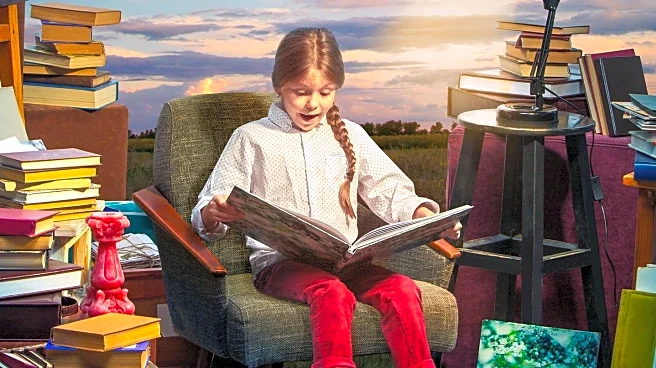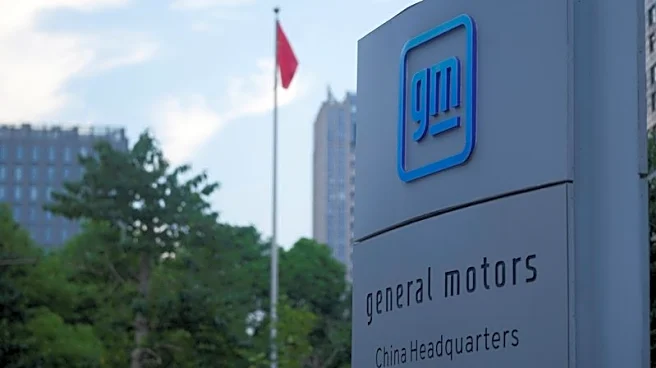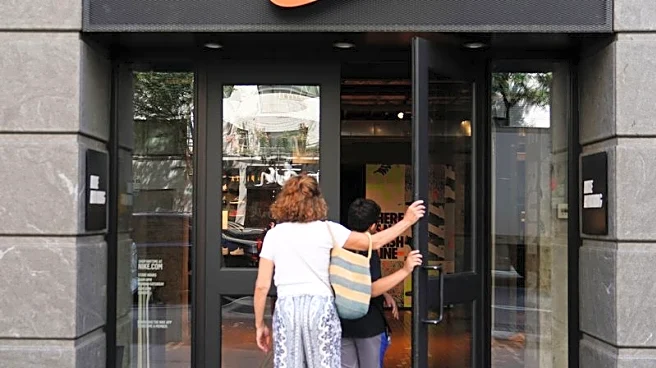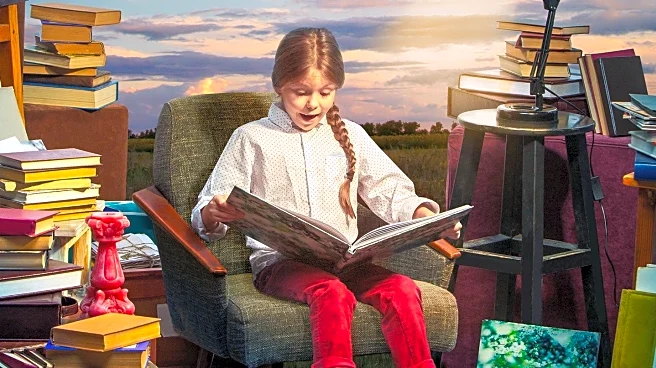What's Happening?
Morris Lum, a photographer, has spent over a decade capturing the changing landscapes of Chinatowns across North America. His work highlights the dynamic nature of these communities, where businesses adapt to shifting demographics and economic pressures. Lum's photographs document the closure of long-standing businesses, such as New York City's New Golden Fung Wong Bakery and Vancouver's Ho Sun Hing Printers, due to factors like rising rents and gentrification. His images also reflect the impact of migration patterns, with newer storefronts featuring simplified Chinese characters as arrivals from mainland China increase. Lum's work serves as a visual record of the cultural and architectural evolution of Chinatowns, offering insights into the challenges and resilience of these communities.
Why It's Important?
Lum's documentation of Chinatowns is significant as it sheds light on the broader issues of gentrification and cultural preservation. As urban areas become more expensive, traditional family-run businesses face financial pressures, leading to closures and changes in community dynamics. This transformation affects the cultural fabric of Chinatowns, which have historically served as hubs for Asian diasporas. Lum's work highlights the importance of preserving these cultural enclaves amidst economic challenges, offering a glimpse into the resilience and adaptability of these communities. The photographs also underscore the impact of migration trends on cultural identity, as newer generations bring different influences and demands.
What's Next?
Lum's ongoing project continues to capture the evolving nature of Chinatowns, with plans to publish a book titled 'Chinatowns: Tong Yan Gaai' on October 28, 2025. This publication aims to provide a comprehensive visual narrative of the changes occurring in these communities. As gentrification persists, stakeholders such as local governments, community leaders, and cultural organizations may need to consider strategies to support and preserve the unique cultural heritage of Chinatowns. The book could serve as a catalyst for discussions on urban planning and cultural preservation, encouraging efforts to maintain the vibrancy and historical significance of these neighborhoods.
Beyond the Headlines
Lum's work not only captures the physical changes in Chinatowns but also explores the emotional and cultural connections these communities provide. For many, Chinatowns offer a sense of familiarity and belonging, serving as a refuge amidst broader societal changes. The photographs highlight the cultural diversity within Chinatowns, showcasing the unique architectural styles and community dynamics that define each neighborhood. Lum's project emphasizes the importance of cultural heritage and the need to balance development with preservation, ensuring that Chinatowns remain vibrant centers of cultural exchange and community support.












